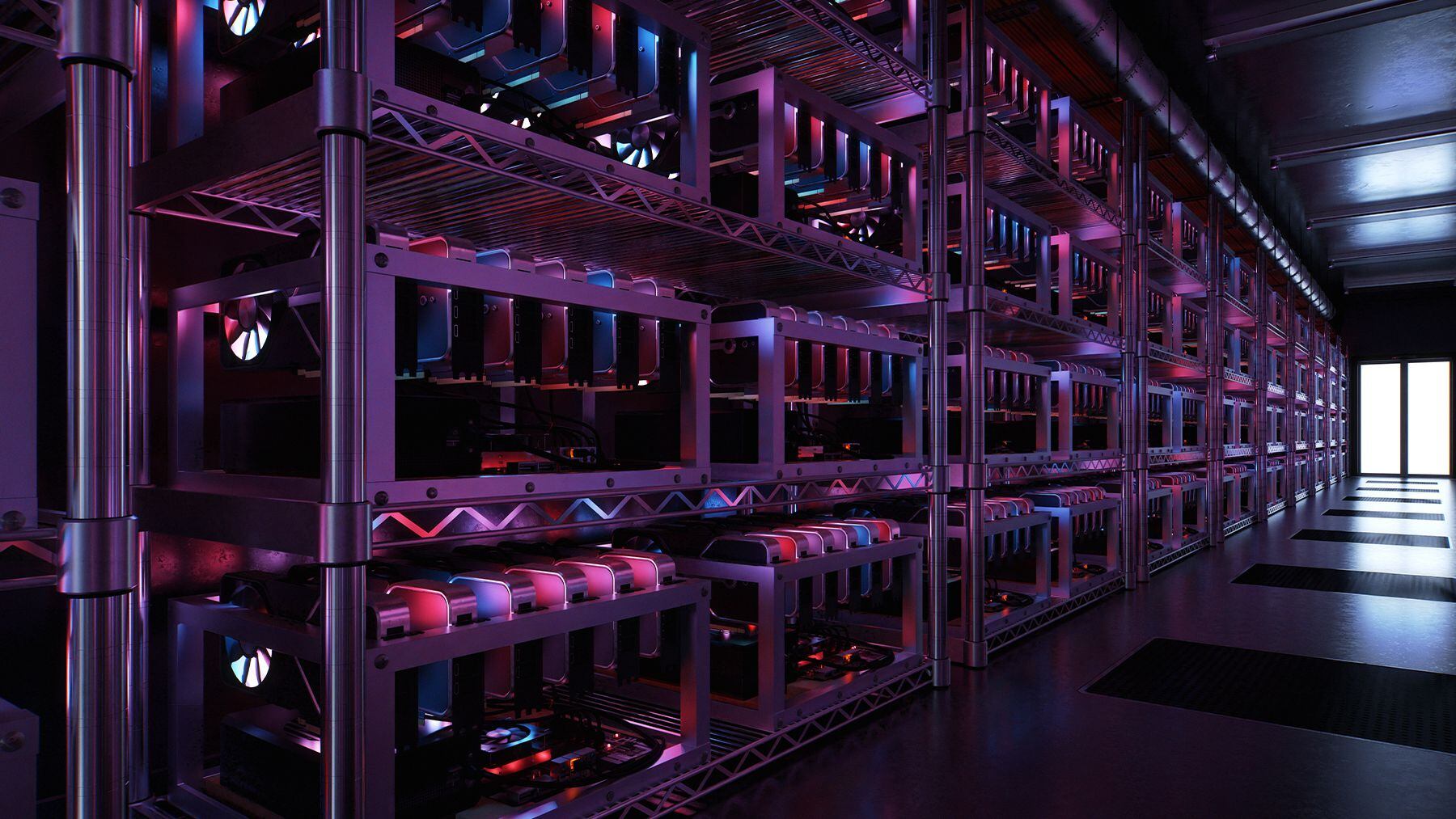What Is ‘The Merge’ and What Does It Mean for Fashion NFTs?
This month, an event years in the making — a fundamental change to how one of the most popular blockchains operates rumoured for so long some doubted it might ever happen — is finally scheduled to take place.
If carried off successfully, it would address the aspect of NFTs that’s arguably hardest for fashion brands to justify: the extraordinary amounts of energy used by the Ethereum blockchain that most NFT collections are built on, a fact that has been impossible for brands to square with their publicised efforts to reduce their energy and carbon footprints as the world faces a climate crisis.
What Is “The Merge”?
Currently scheduled to start on or around Sept. 15, “the merge” will see the Ethereum blockchain transitioned from its existing proof-of-work mechanism to a more efficient proof-of-stake system. Currently, every time there’s a transaction on Ethereum, computers compete to validate it by racing each other to solve complex equations, requiring enormous processing power but yielding a reward for the winner.
The new system will dispense with this competition and instead involve investors “staking” ether — the native currency of the Ethereum blockchain — in a pool, entering them into a lottery that will select one to validate the transaction and claim the reward.
Why Does It Matter For Fashion?
The amount of electricity proof-of-work blockchains like Ethereum and Bitcoin gobble up is notoriously huge. Researchers have estimated that, as of July 2021, Ethereum used more electricity annually than Romania and slightly less than Switzerland. Its annual carbon emissions were just below Tunisia’s. (Bitcoin’s impacts were even greater.)
The merge is supposed to reduce that energy use by more than 99 percent.
For the many fashion companies with Ethereum-based NFTs, such as Adidas, Nike and Gucci, there’s a lot at stake for their sustainability credentials.
Adidas, for instance, landed at the top of one list calling out the environmental impact of fashion NFT projects because of its release of 30,000 “Into the Metaverse” NFTs last year, much more than the typical NFT release by fashion brands. At the same time, the sports giant says it is “committed to decarbonisation by reducing our absolute energy consumption and GHG emissions.”
Adidas said in a statement that it has tried to mitigate its impact by monitoring its emissions, taking steps such as minimising unnecessary and energy-intensive blockchain transactions and reinvesting earnings into non-profits “focused on advancing sustainability in the metaverse.” It added that its carbon emissions related to web3 activities represent approximately .05 percent of its total carbon footprint and that it continues seeking to reduce the figure.
How Bad Are Fashion’s NFT Projects For the Environment?
It’s difficult to measure the impact of any NFT collection. Because of the way blockchains work, there isn’t a simple one-to-one relationship between the number of transactions and total energy use, as noted by the University of Cambridge.
One argument is that it’s more accurate to think of an individual NFT like a passenger on a train rather than a car on the road. Each passenger contributes to the overall demand that keeps the train running, but it’s hard to calculate what share of the train’s energy use and emissions any one passenger owns. Still, there’s no denying Ethereum uses a lot of electricity from carbon-emitting grids, prompting criticism of fashion’s plunge into NFTs.
Some brands have tried to dodge these issues by using other blockchains. Gap’s NFT collection earlier this year was built on the Tezos blockchain, which operates on a proof-of-stake mechanism. Gap noted it’s more energy-efficient than the labour-intensive systems underlying Ethereum and Bitcoin.
Why Don’t More NFT Projects Use Other Blockchains?
Even if it ceded some market share to rivals this year, Ethereum remains by far the preferred blockchain for NFT projects. Since it went live in 2015 with the aim of offering a more flexible network than Bitcoin, it has become the go-to blockchain for developers building all sorts of applications beyond just currencies. Today, Ethereum-based NFTs tend to have higher selling prices and are supported by the biggest NFT marketplaces, making them attractive to brands and their customers, who might want to resell their digital assets one day.
In theory, the merge will allow Ethereum to continue as the blockchain of choice for many NFT projects while letting the creators behind them claim they’re using an energy-efficient infrastructure. It’s a complex and tricky process, though. If anything goes wrong, any applications running on Ethereum could face major disruptions.
“It’s flying the jet, and changing the engine in the sky,” one critic told The New York Times.
But those supervising the Ethereum blockchain clearly feel the risk is worth it.
Will The Merge Do Anything Besides Reduce Energy Use?
The promised benefits don’t end with Ethereum being less of an energy hog. It should also make Ethereum more scalable and lay the ground work for updates to make it faster. (Don’t expect noticeable changes in performance right away, though.) The group most vocally opposed to the merge are generally the Ethereum “miners” who dropped large sums on supercharged computers that have been powering the current proof-of-work system.
The idea for the merge came up even before Ethereum’s 2015 debut, and programmers have now been working in earnest for years to make it happen. Despite numerous delays, it now appears ready to take place. If it really does, the dramatic energy savings will be one bright spot at least in the suffering crypto market and likely give fashion businesses one more reason to believe there’s a long-term future for their web3 ambitions.

